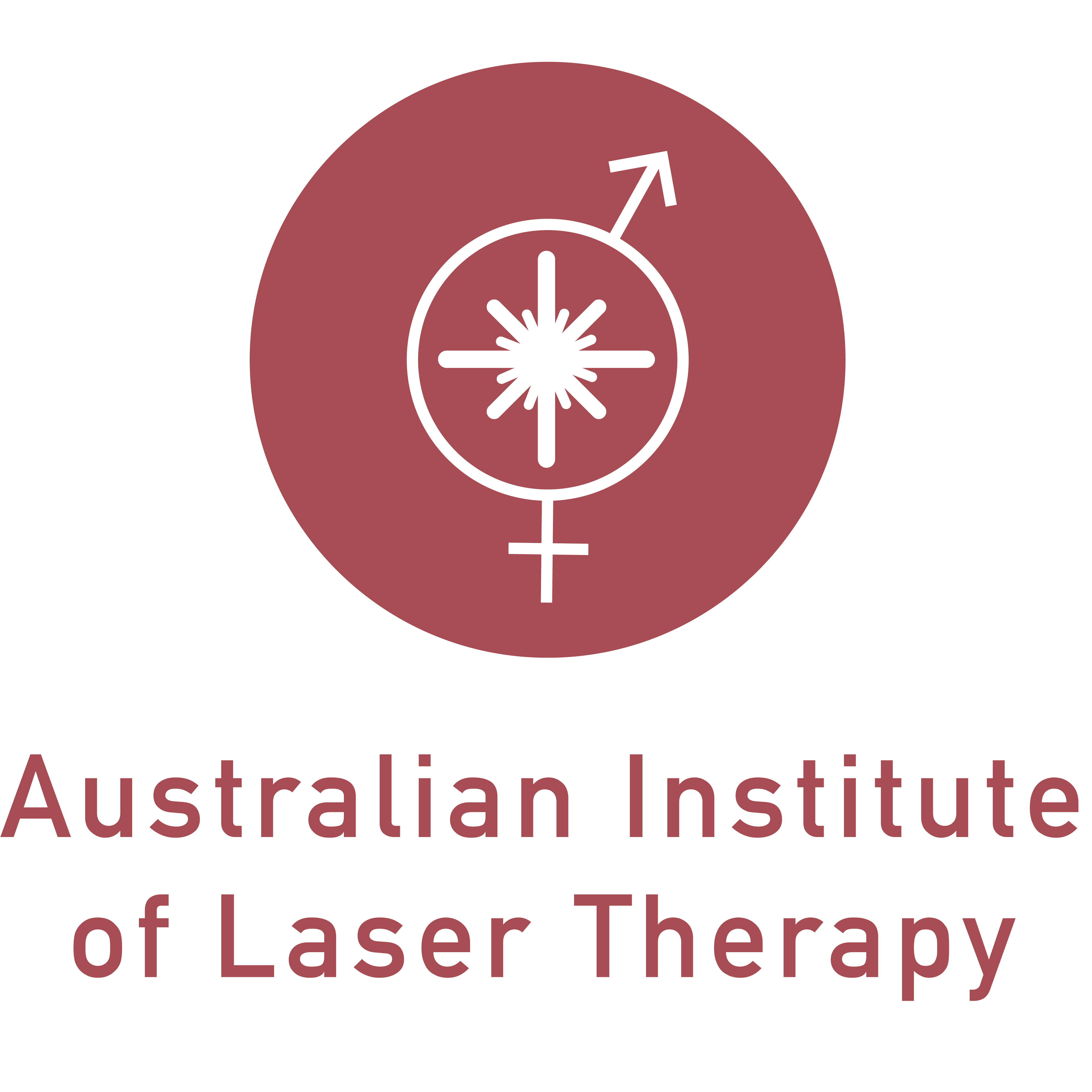WOUND HEALING & ANTI-BACTERIAL + VIRAL PBM
RESEARCH PAPERMore recent research investigating the biological effects of visible Blue light in the 400nm-470nm wavelengths has demonstrated decreasing viability and colony numbers of several antibiotic resistant bacterial species, including methicillin-resistant staphylococcus aureus (MRSA).
Resolution of bacterial infection in acute and chronic wounds is complicated by the growing resistance to antibiotic treatment, which is further compromised by the wound surface biofilm. The potential of blue light to eradicate Pseudomonas aeruginosa infections, which are notoriously resistant to various classes of antibiotics, offers a new treatment strategy that relies on photochemically induced reactions that are non-toxic to the skin or patient. This Gram-negative pathogen is usually found in hospitals and plays a crucial role in hospital-acquired infections, as it can rapidly colonise on any surface that contains water and has complex biofilm forming capabilities (Rossilini et al 2014., Amin et al 2016).
The bacteria-eradicating effects of blue light in the 415nm +- 10nm range using specific treatment parameters which could offer an alternative, risk- free treatment for infected tissues (Lanzafame et al 2013) and anti-microbial effects of blue light have been 40-100 times more potent when applied in pulse mode (Enwemeka CS. et al 2020).
Sensitivity of viruses to photodynamic procedures using light and a photosensitiser chemical was reported back in the 1930’s (Perdrau J.R., Todd C. 1933) and photodynamic inactivation (PDI) has been mainly focused on viral lesions e.g. Herpes Simplex, but considerable progress has been made with viral disinfection of blood products, in vitro against the immunodeficiency viruses (HIV) and hepatitis viruses (Sloand E.M., Pitt E. Klein H.G. 1995., Mannucci P.M. 1992., Klien H.G. 1994)., human parvovirus B19 (Azzi A. et al1993)., cytomegalovirus (Klien H.G. 1994)., and human T-cell lymphotrophic virus type I and Type II (Klien H.G. 1994).
Copyright Tina Czech 2020
